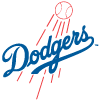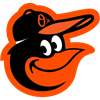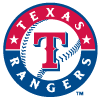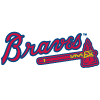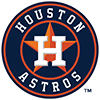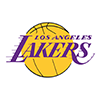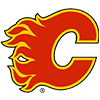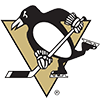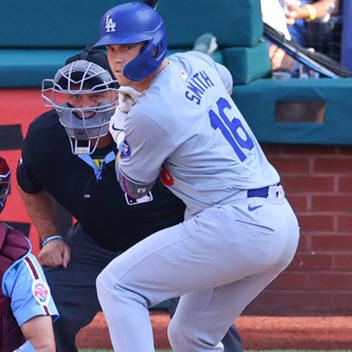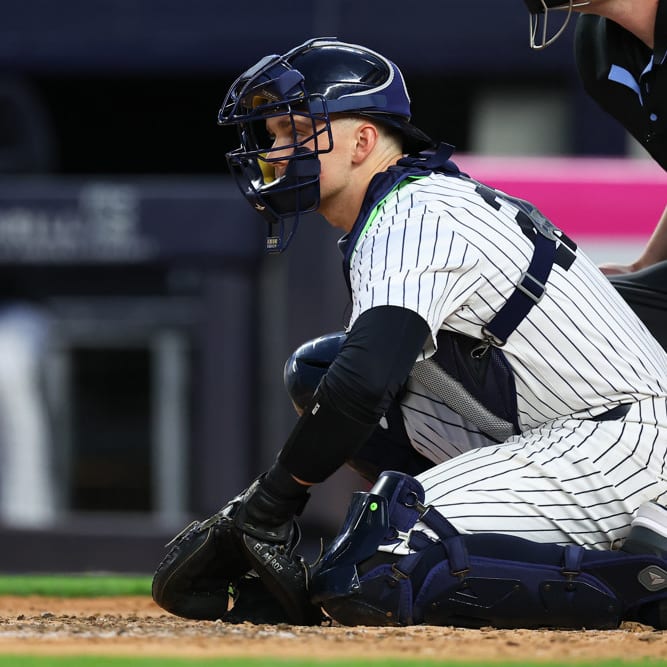I've done a handful of articles regarding DRAFT.com's NFL best ball leagues, and you can find that series by clicking here. For this article I wanted to shake things up a bit and take a look at the MLB offerings on DRAFT.
Whereas everything was straightforward with the NFL best ball leagues – it's just a snake draft – there is more action (in multiple senses) with DRAFT's in-season offerings. Since I couldn't be more ignorant about NBA, NHL, or golf, I was unable to dive into DRAFT's in-season options prior to Opening Day. Since then, though, I've dabbled in a few of DRAFT's MLB formats, and I'll detail some anecdotes in this series in the upcoming weeks so you can know what to expect if you jump into one of the games yourself. DRAFT offers a number of arrangements that are different from traditional DFS, but the fact is these twists on the DFS format are elements that season-long players are fully familiar with.
It may be a bit disorienting to set out to play DFS and look upon DRAFT's innovative, multi-disciplinary games if you spent the past two hours looking at nothing but salary numbers and lineup optimizations. But don't despair: you've seen these things before, and they're as straightforward as they look. Three-person draft for the night slate? It's just what it sounds like. You and two others buy in, and a snake draft occurs. Turn on notifications for DRAFT's site or app, and you'll get a buzz once the draft is filled. I think I waited about two minutes before mine did.
Would you prefer a four-person or six-person draft instead? They have those as well. In addition to this more rudimentary game structure, DRAFT also offers various snake draft formats that splice with conventional DFS structures like survivor tournaments, where for as little as $3 or $5 you can earn winnings in the hundreds if you should earn four consecutive victories. It's somewhat daunting of course, but it's a small commitment for the chance at an exponential payout, and winning four-person drafts four times in a row is plenty manageable compared to trying to knock down a tournament with entries numbering in five or more figures.
I entered one such game Friday, an $8 buy-in for a four-person survivor tournament draft. The lineup structure for DRAFT MLB games does not change as far as I know: you select one pitcher, two infielders (DH included), and two outfielders. Whether that structure dictates a specific approach is probably somewhat subject to the slate you're playing. For instance, this slate had, I would say, two rock-solid starting pitching options in Gerrit Cole and Zack Greinke, and then more speculative guys like Tanner Roark, Luke Weaver, Eduardo Rodriguez, etc.
It's at this point that I must reveal that I did not win, and the person who did win took none of those pitchers. The winning team featured Steven Matz against the Brewers, along with a big day of bats in Francisco Lindor (21 points), Trea Turner (9 points), Mookie Betts (13 points) and Aaron Judge (14 points).
Given that you start four times as many bats as you do pitchers, and given that a four-person league isn't going to whittle your pitcher options down to the likes of Ty Blach and Chad Kuhl even if you wait until the fourth round, it seems like the smart thing to do is slightly fade pitcher, absent an extreme slate example where the best pitcher is Scherzer and the second-best is Andrew Cashner or whatever. Or if all the good bats are playing in 40 degree temperatures in big stadiums. But generally, I think you go with the bat if all else is equal.
I had the first pick. Because the Red Sox were about to face Chris Tillman and J.D. Martinez had DH classification, leaving him eligible in the infield, I went with him before watching the next six selections. I took Greinke at my second pick, and despite my general intention to fade pitcher from this point, I think it was the right selection. I didn't want to go with one of the lesser pitchers if I didn't have too, and there were still bats I liked plenty. The catch is that one of those eventual bats of mine – Giancarlo Stanton – was only available so late because of the rain risk in Detroit. Plenty of people are probably considering Stanton first overall if he's seeing Mike Fiers on a sunny day. I got him in the third here. My other two bats were Jose Altuve and George Springer.
The results didn't work out how I'd like, but I think my process was mostly correct here. The Yankees game played as scheduled, and normally you're not going to be able to get all of Greinke, Stanton, Martinez, Altuve, and Springer all on the same roster, especially with Stanton facing homerun machine Fiers. And yet, with the Yankees hanging eight runs on the Tigers, Stanton somehow finished the game with zero points. My other three bats did their job, but Stanton's goose egg killed me as I lost by exactly ten points. I was expecting from Stanton a box score more like Springer, whose two homers yielded 28 fantasy points.
I plan to enter more tournaments like this one on DRAFT. That they have relatively high payout chances despite low-stakes buy-ins and restricted fields of competition suits me and my tiny brain. If I had lost big money on a Stanton vs. Fiers goose egg I probably would have cried. As it was, I shrugged instead. None of this is to say you can't go high stakes if you'd like – DRAFT is offering a $110 and $23 buy-in options, among others.






